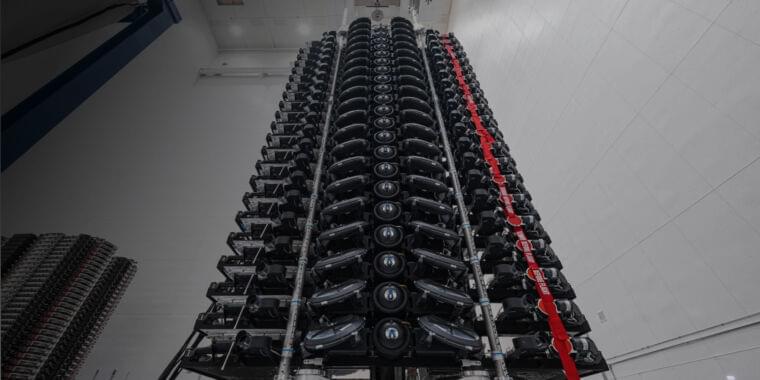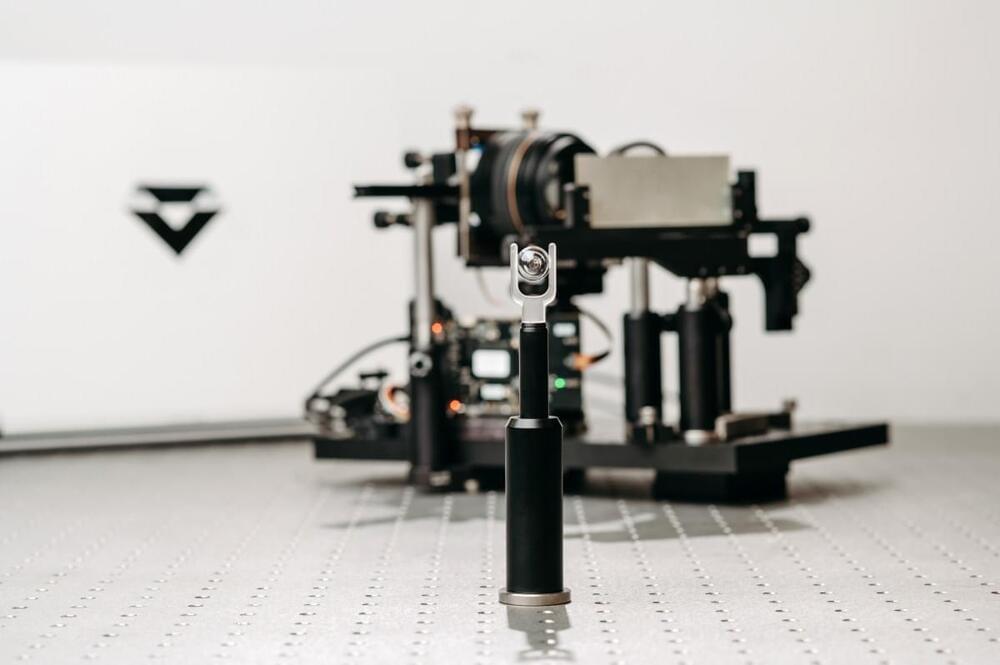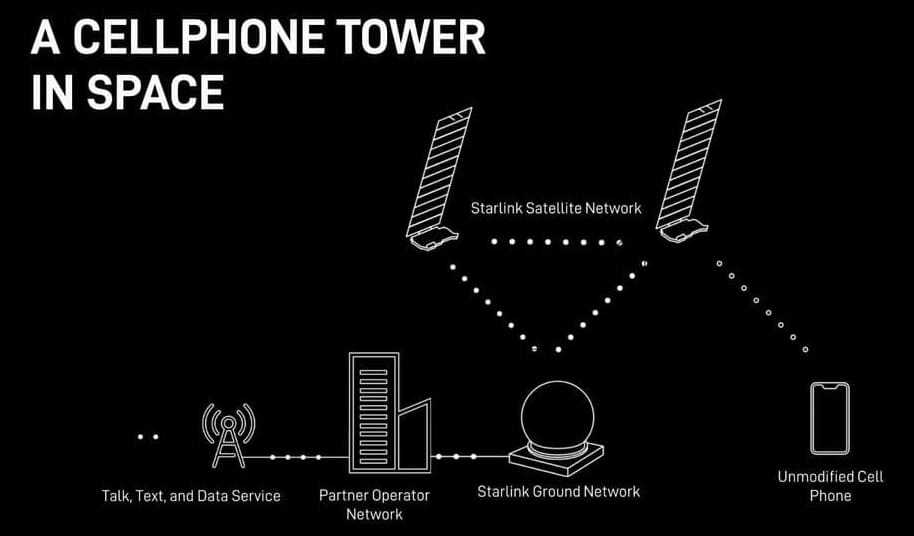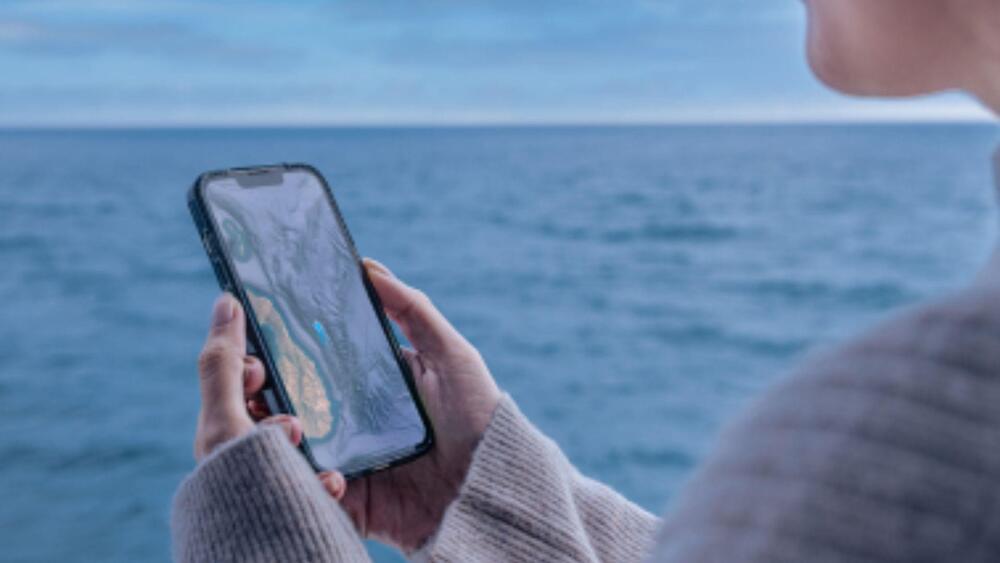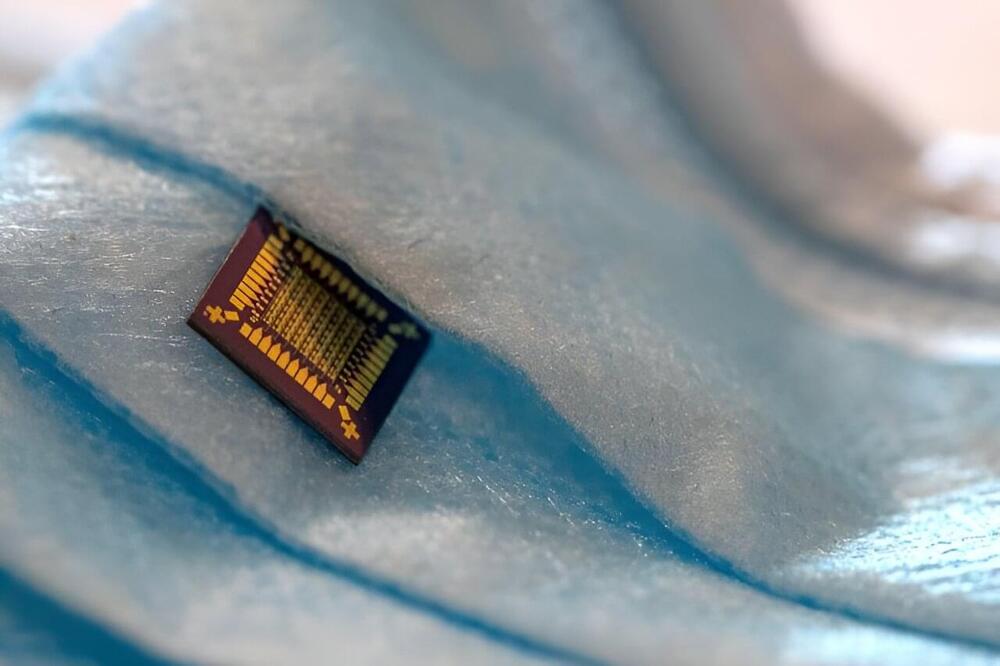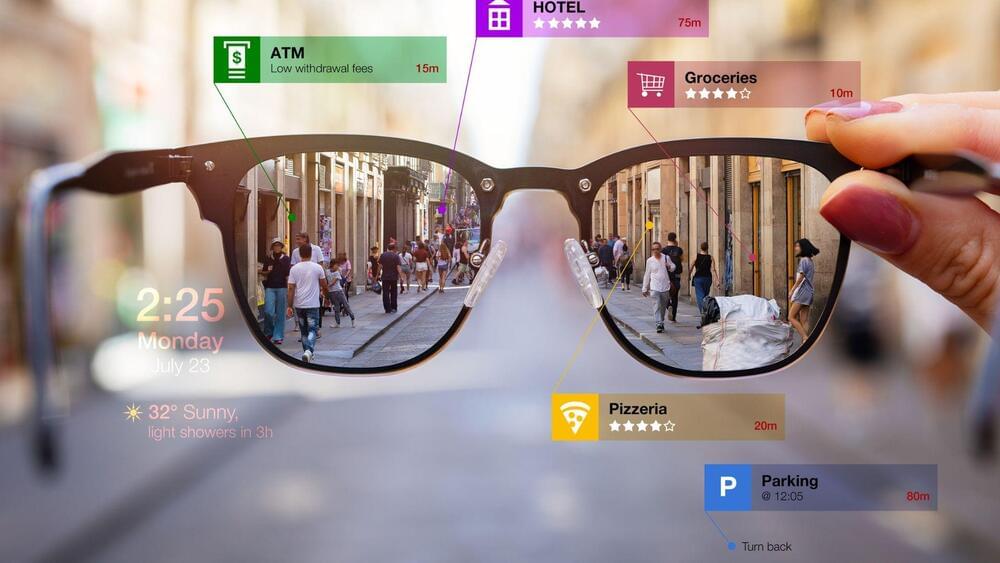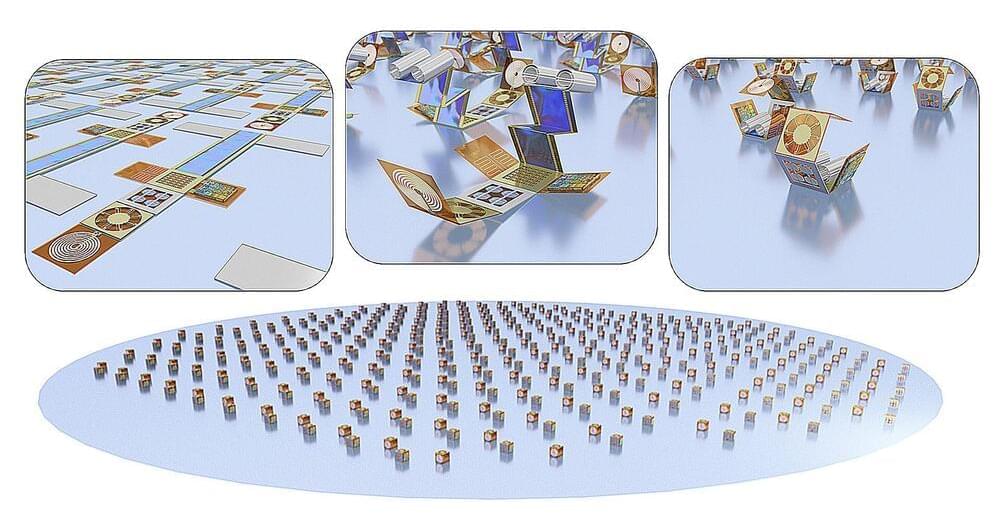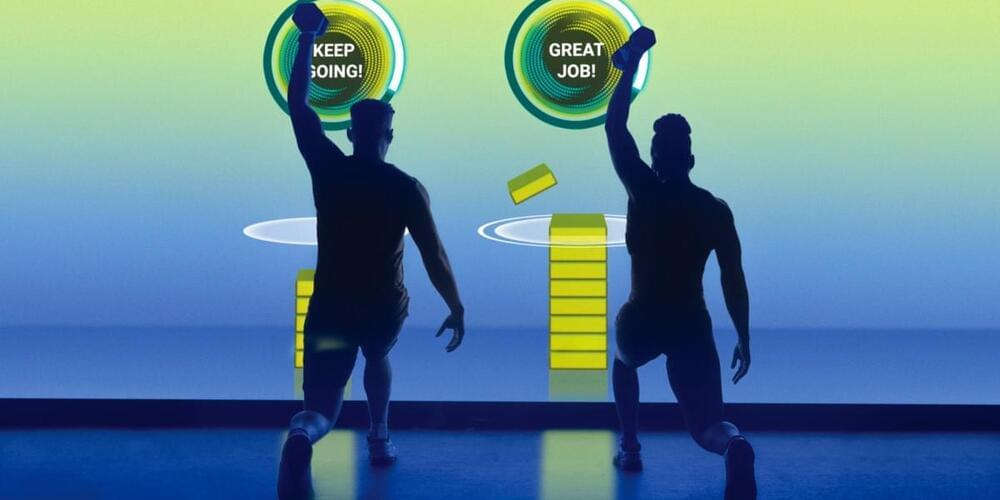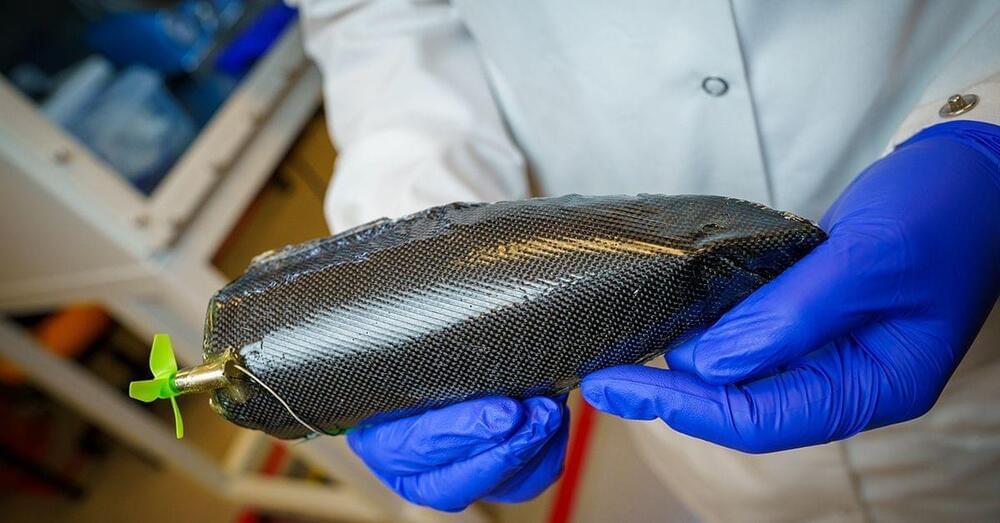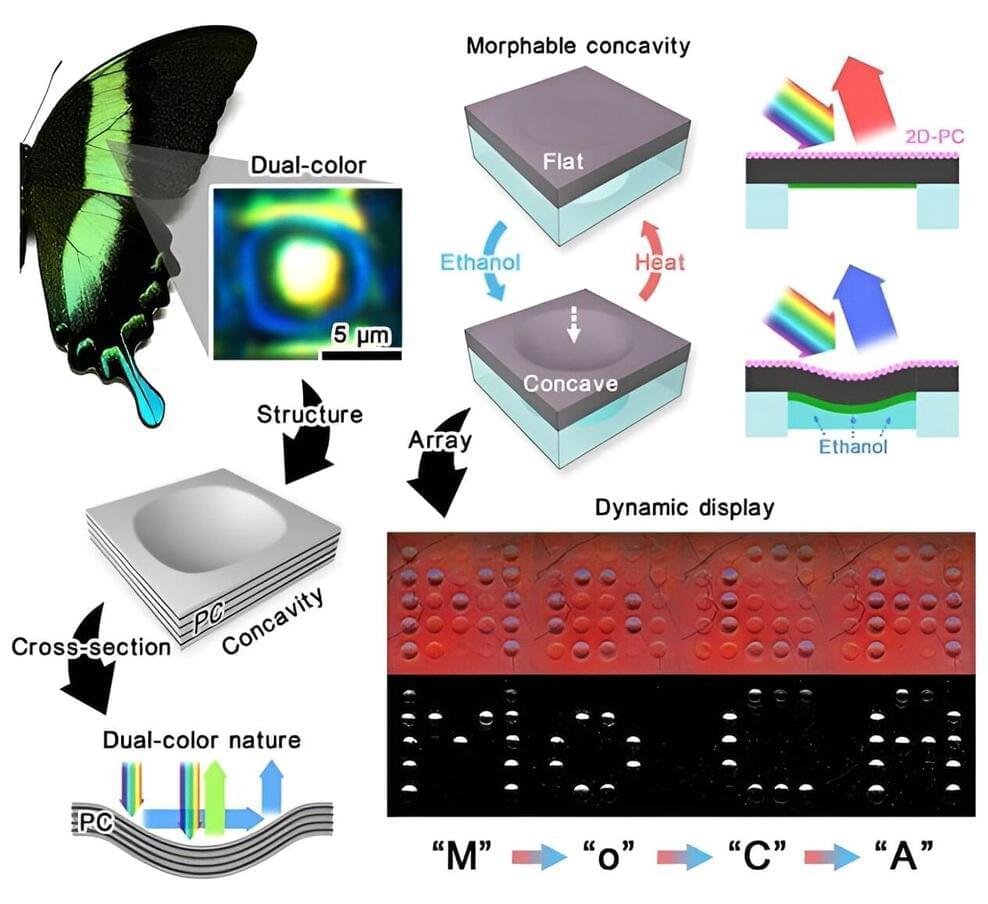Starlink’s website update is revealing a bit more about its plans for a satellite-delivered cell phone service. The new page for “Starlink Direct to Cell” promises “ubiquitous coverage” from “cellphone towers in space” that will work over bog-standard LTE. The current timeline claims there will be text service starting in 2024, voice and data in 2025, and “IoT” service in 2025.
Today satellite phone connectivity still requires giant, purpose-built hardware, like the old-school Iridium network phones. If you’re only looking for emergency texting, you can also make do with Apple’s introduction of the barely there connectivity paradigm, requiring being inside a connectivity window, holding up a phone, and following a signal-targeting app. Starlink wants to bring full-blown space connectivity to normal smartphone hardware.
